
We know that living with a skin condition can be difficult, so Checklist has put together some tips to help minimise its impact on your lifestyle.
By chatting with Bruce Green, chartered chemist and founder of SOS Serum Skincare, Checklist compiled this list of top 10 tips to manage eczema during the colder months.
1. Get some a vitamin D

Taking vitamin D supplements in the winter may improve eczema flare-ups, according to a study that found a reduction in winter eczema symptoms.
The sunshine vitamin can help with skin conditions and can be found in high amounts in oily fish, red meat and eggs. Make sure you get enough of this important vitamin to ease your symptoms and feel generally healthier.
2. Timing is everything

Try to treat your dry or itchy skin early, as it can make your treatment that much more effective. Apply a topical product like SOS Serum at the first signs of itchiness or skin tightness.
Ensure you are moisturising twice a day to keep the skin moist. You may also find that the colder weather and harsher winds dry out your skin quicker than in the warmer months, so it is extremely important to maintain awareness of the climate.
It may be a good idea to keep a small bottle of moisturiser with you at all times for sudden flare-ups or preventative measures.
3. Manage your triggers
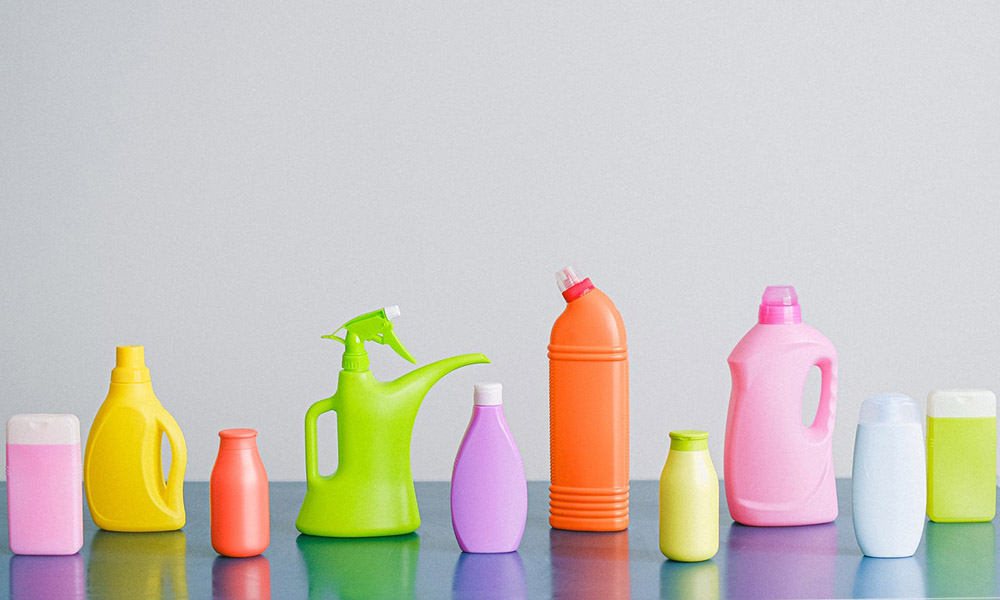
Common triggers could be soap, laundry products, house dust mites, animal fur, pollens, moulds, temperature and climate, diet, alcohol and stress.
Keep a record of how your eczema responds to cutting out certain foods such as dairy. Learn to identify why you get a flare-up and find ways to avoid situations where you tend to scratch.
4. Hydrate
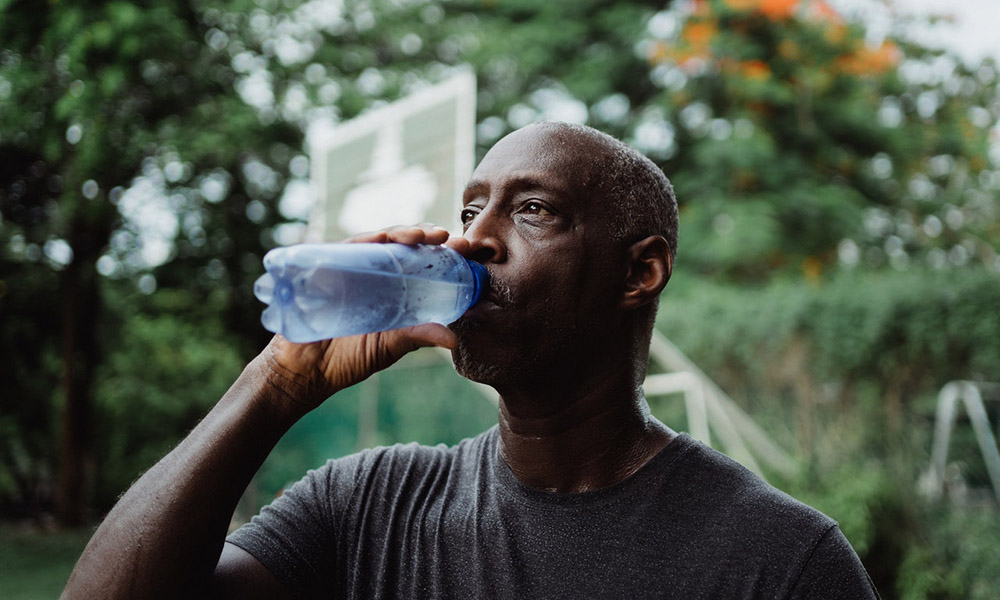
Ensure that skin is kept hydrated on a regular basis. At least eight glasses of water per day is preferable.
Those eight glasses can include cups of tea, coffee, hot chocolate, or your other favourite warm winter beverage. Maybe try carrying a water bottle with you at work or when out and about, or swapping a few fizzy drinks a day fr water or squash to increase your intake.
5. Eczema-proof your home

Keep your home well ventilated and your bedroom cool. A damp environment encourages mould and provides a good home for house dust mites.
Maintaining a constant temperature and environment in areas you spend the majority of your time in can also help you relax and get better sleep. Controlling your immediate area is a good way to identify which factors are most significant to your skin condition.
6) Be selective about the products you use
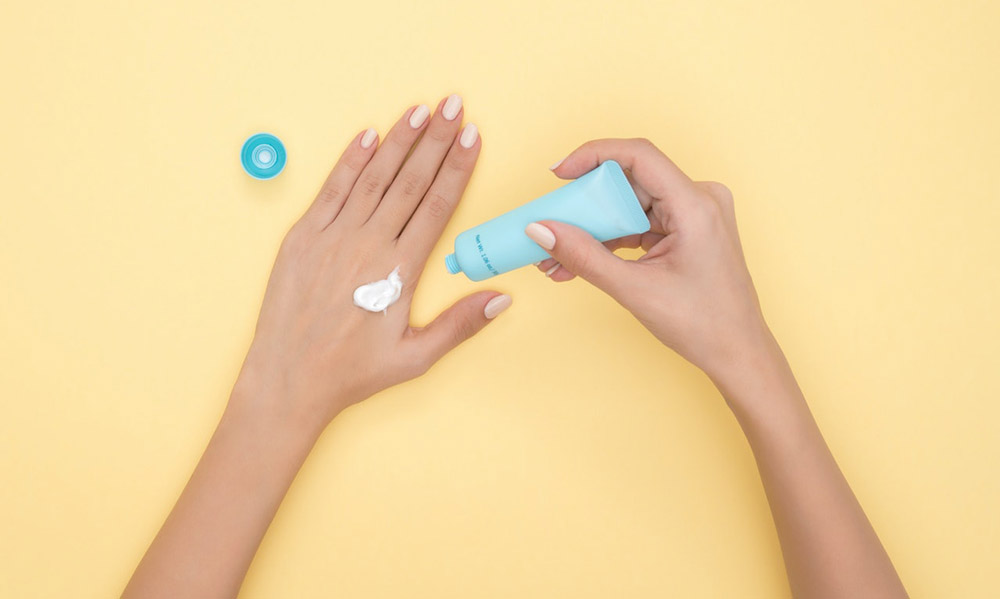
Use products that include ingredients that help calm the skin such as ‘Lauromacrogols’ which acts as an anaesthetic to soothe skin.
If you find any products which either don’t work or worsen your condition, make sure you note them down and look up the ingredients list. If you find any common ingredients which are ineffective or bad for you, make sure you let a medical professional know.
7. Hand protection
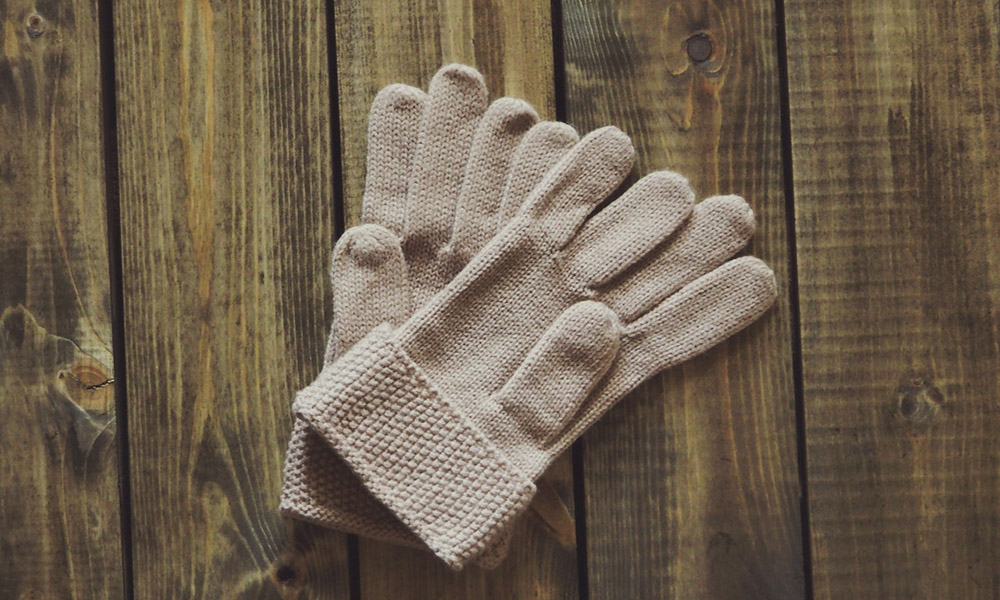
If hands are affected, protect them by wearing rubber gloves when washing up or cleaning. When outside in the cold weather, choose leather or cotton gloves to protect your hands from the cold air.
Your hands are arguably one of the most important parts of your body, as they are the medium by which we interact with the world. Of course, a skin condition can complicate these interactions and make everyday life more difficult.
8. Avoid soaps and harsh chemicals
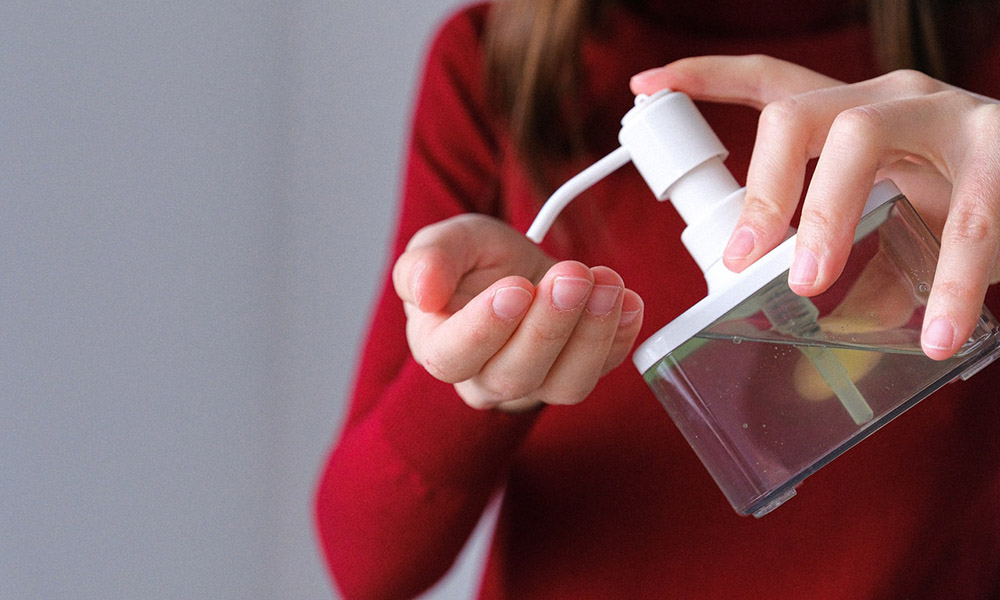
When washing, avoid soap and bubble baths as they dry the skin and many contain detergents, which remove natural oil from the skin.
Bathe or shower in tepid, not hot, water. Avoid soaking in baths for long periods as hot water may remove the natural oils from the skin.
9. Avoid fabric softener
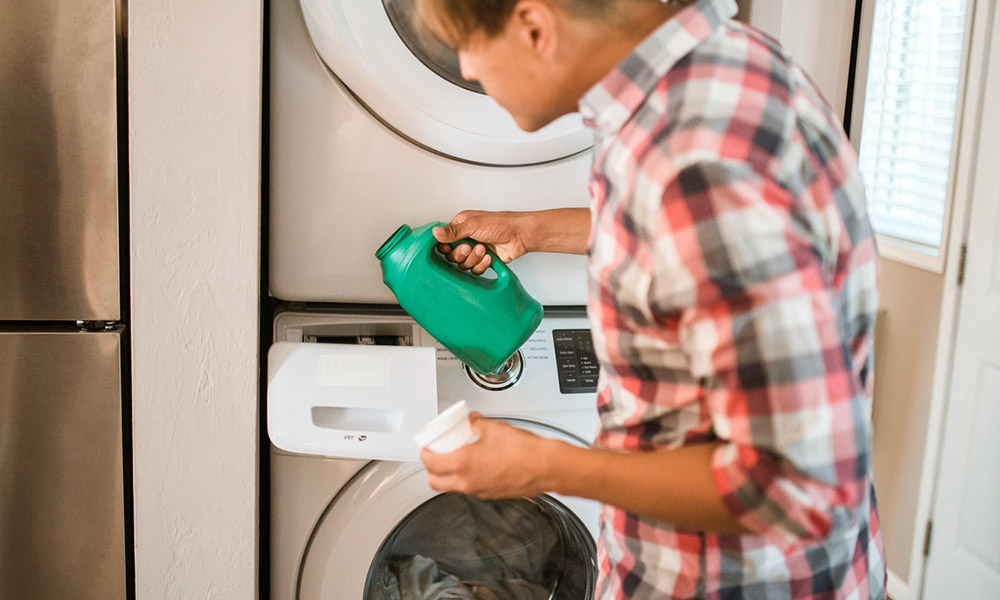
The fewer residues that are left on freshly cleaned clothes the better. In addition, wear comfortable clothes which won’t irritate; cotton clothing keeps skin cool and allows it to breathe.
Once again, if you discover any products or ingredients which are particularly bad for your condition, ensure you make note of them and let a medical professional know.
10. Get to know and manage your triggers

Keeping a record of what triggers your psoriasis is a good first step in learning how to manage it. Learn to identify why you get a flare-up and find ways to avoid situations where you tend to scratch.
This knowledge will really empower the sufferer and arm you with some of the knowledge you need to manage flare-ups successfully.
This article was produced in collaboration with SOS Serum Skincare, manufacturers of skincare products.
To see your company in any upcoming features we are arranging, please email editorial@hurstmediacompany.co.uk









